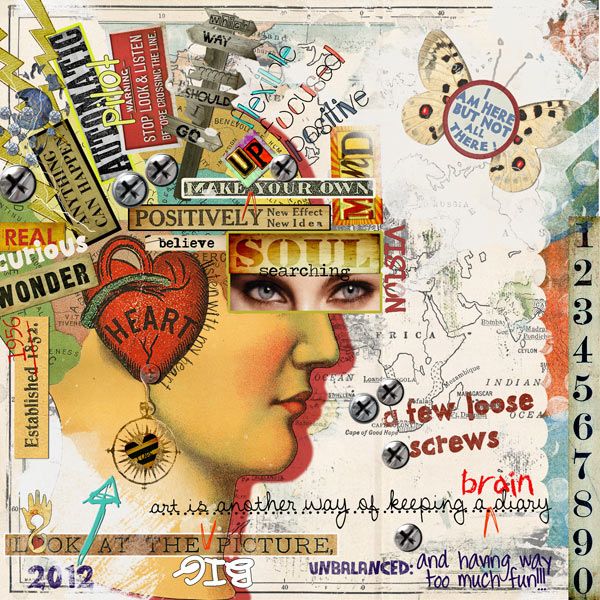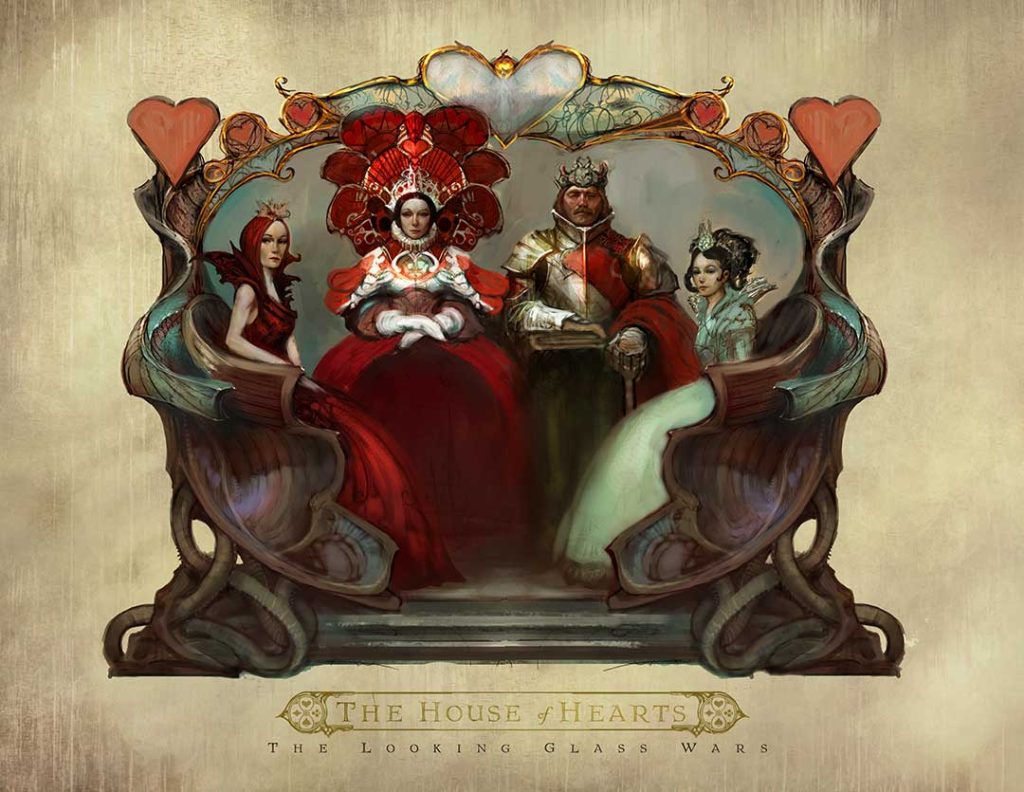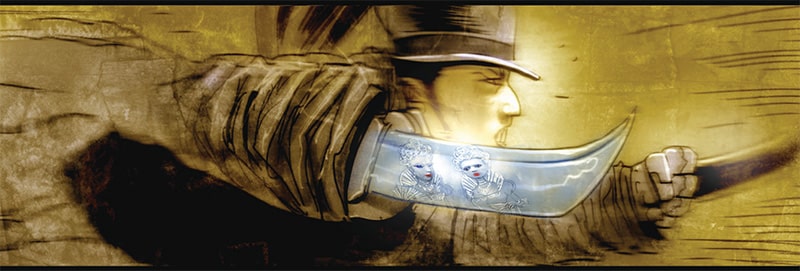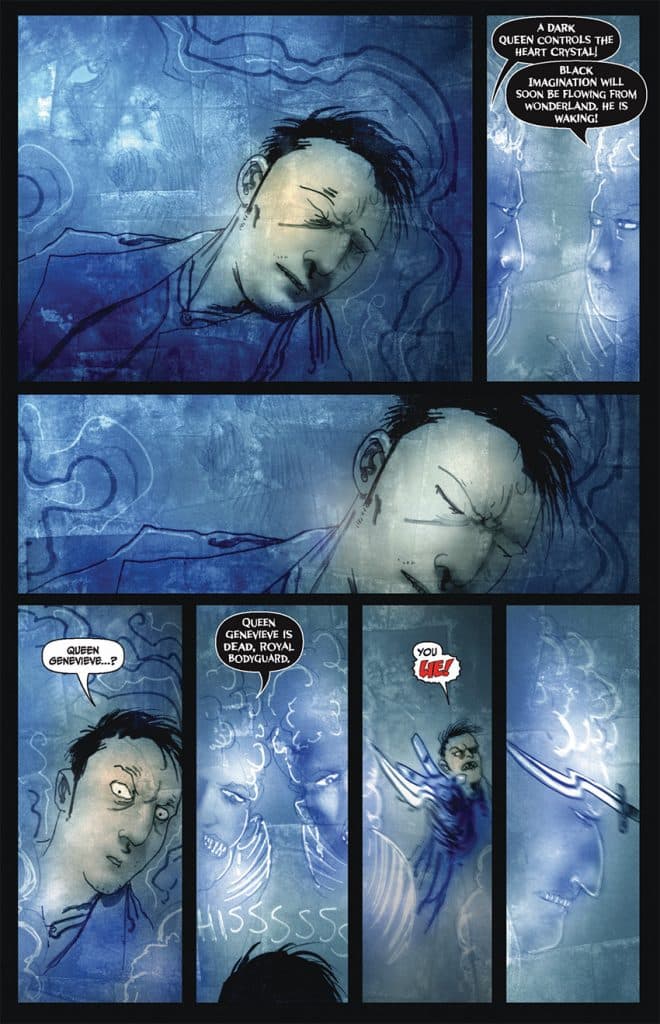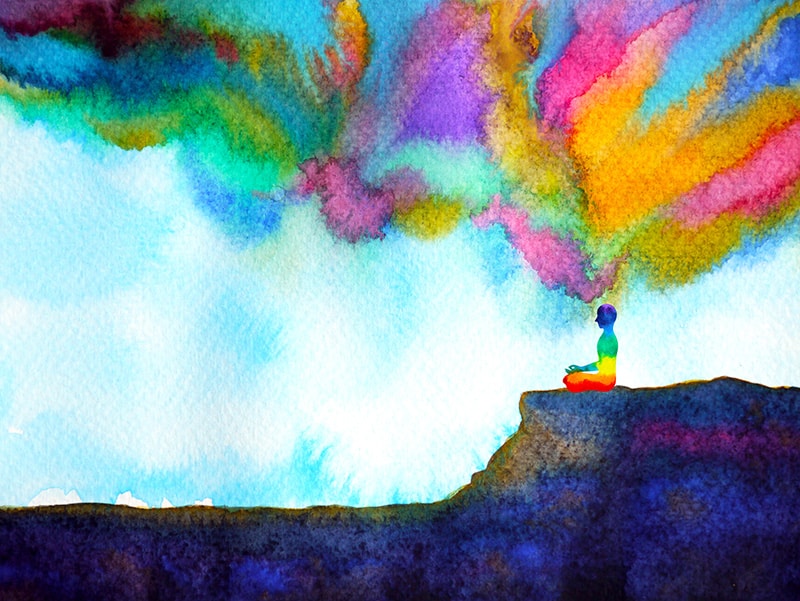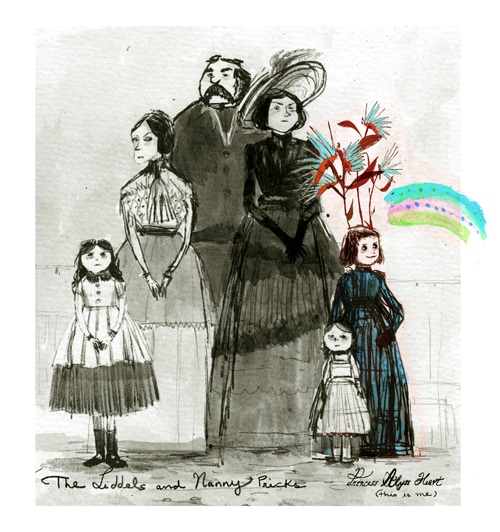Imagination, Caterpillars, and Light: How the Magic of the Wonderverse Works
How does magic work? That might seem like a silly question. Magic is defined by its ability to bypass the laws of our terrestrial world. It transcends rules. That’s the point, right? Well, not quite. Storytellers fixate on the rules and forms of magic in their worlds, consistently aware that one misstep might cause them to lose their audience.
What if Harry Potter suddenly just started Force Choking Voldemort during the Battle of Hogwarts in Deathly Hallows? Okay, that might be kind of cool. But it’d be weird (and a massive copyright infringement). The act of making a clenching motion to invisibly choke someone is not part of the Wizarding World, where magic is channeled through wands, incantations, and concoctions derived from plant and animal matter. It would damage the story, by breaking the rules of the magic system.
Frank Beddor’s Wonderverse has an interconnected web of elements and rules which fuels Queen Alyss and Hatter Madigan’s exciting adventures in Wonderland and beyond. It’s the reason Alyss was able to escape to London when Queen Redd took her crown and why Hatter was able to finally bring her back to Wonderland to reclaim her birthright.
Wonderland’s magic powers everything in the realm and beyond, including Hatter’s ever-reliable top hat. So, how does it work? Let’s explore what makes The Looking Glass Wars’ intricate and exciting magic system rank among the A-listers of our favorite fiction works.
First, the primal source of all magic in Wonderland is Light. From the Everlasting Forest to the Chessboard Desert, Light makes Wonderland wonderful and fuels the two chief pillars of its magic: Imagination and Caterpillar Thread.
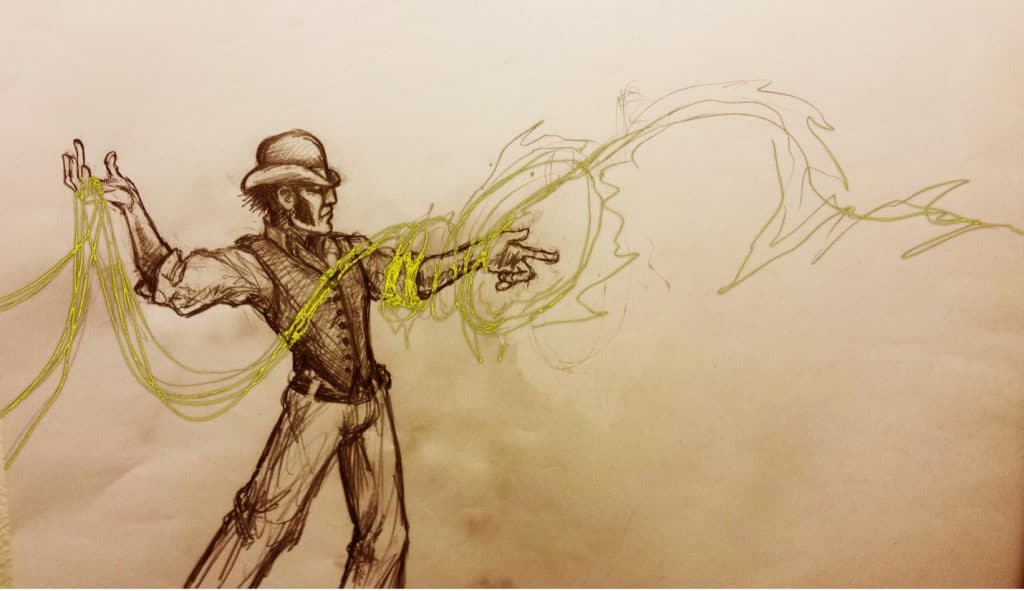
Imagination:
Imagination, as it exists in the Wonderverse, is an immensely powerful form of magic, created by the Great Light of the First Wonder and the White Butterfly. In many ways, it is similar to the Force in Star Wars. Imagination is an energy current within every being that those who are trained in its use can manipulate to create almost anything. The key is not to use it selfishly. This is where we get to Light Imagination and Dark Imagination.
Light Imagination is reflective and generous, sharing and spreading the energy it uses. Dark Imagination, however, does not give, it takes. It hoards and absorbs Light, utilizing it for selfish purposes and never sharing the energy with the rest of Wonderland.
Light Imagination the basis of almost every magical item in Wonderland: looking glasses, pools, shards, and crystals. The latter two are the main receptacles for Light Imagination and their uses and creation are heavily studied and monitored by the Millinery. The most important source of Light Imagination is the Heart Crystal, which radiates the energy across the Queendom and into different realms of existence (like Earth).
A consideration to always make when crafting a system of magic, is to bake in dichotomy. This interplay between oppositional magic is the everlasting source of conflict and tension in good fiction. For instance, Imagination is not inherently good or bad, its morality is determined by the user. This allows for not only Light Imagination to play against Dark Imagination, but also the mixed shades of grey that will complicate matters at every opportunity.
Be it two school magic systems like those of The Looking Glass Wars, Harry Potter, and even Warhammer 40,000, or multi-faction systems such as the elemental powers of Avatar The Last Airbender—the strength of the conflict generated by magic is contingent on the interplay between oppositional powers. Remember, these points of fiction can even exist within a single group, spurred by differing philosophy on the usage of their magic.
Caterpillar Thread:
Much like the tension and conflict created by the diametrically opposed Light and Dark Imagination—Caterpillar Thread introduces a more tangible mode for magic to be utilized in Wonderland. Similar to the potions of Harry Potter or the Alchemy of The Elder Scrolls, Caterpillar Thread is an expression of magic that can be manipulated physically—and in almost infinite combination.
Simple systems with well thought out interconnected relationships of strengths and weaknesses create a web of possibilities. Not only can users specialize based on their personality and style—but this world building can be the foundation of endless dramatic tension. Leave no element of your magic system without an opponent that can genuinely threaten it.
Legend states that Wonderland was woven using Caterpillar Thread from the First Caterpillars. Now spun by the caterpillar-oracles deep in the Valley of Mushrooms, Caterpillar Thread is the tangible, tactile counterpart to Imagination. A condensed, physical form of Light, Caterpillar Thread has a plethora of uses ranging from the construction of magical gadgets to even imbuing life into an inanimate object. But first, to understand how Caterpillar Thread is used, we need to understand the different types and their unique properties.
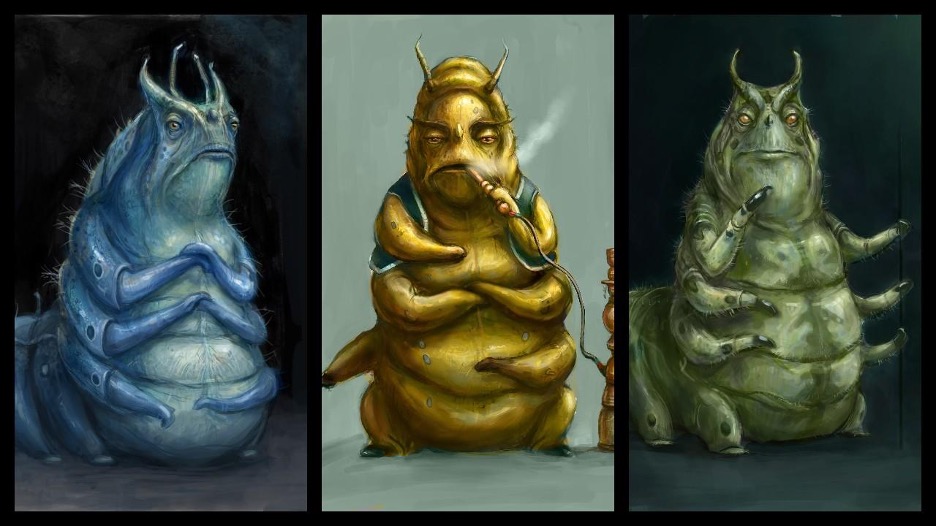
Blue - Connection
The Wonderverse’s answer to cell phones and glasses, Blue Thread is used to communicate across long distances and enhance one’s senses through goggles or earphones, for example. It is highly useful for the spies and bodyguards trained by the Millinery while the Blue Caterpillar is so attuned to the Thread’s abilities that he can even see into the future and make prophecies.
Yellow - Energy
Yellow Thread is an essential item in any Milliner’s wardrobe, yet it can be very dangerous if not used correctly. When used with good intentions, Yellow Thread can power objects and be used as an electrical self-defense device (like a taser). Yet, in less scrupulous hands, the Thread can be used to drain energy from other lifeforms.
Green - Growth
The favorite salve of the Milliner Medics (the Green Berets), Green Thread closes wounds, heals burns, and can also be used to mend a Milliner’s gear. A multi-faceted fabric that can heal the living and inanimate alike.

Orange - Strength
Orange Thread is the perfect item for a Milliner who wants to upgrade and reinforce their equipment. For example, if a Milliner weaves Orange Thread into their hat, they can turn it into a buzzsaw through their mastery of Imagination. Pretty handy if a ball turns into a brawl.
Red - Imagination
Red Thread enhances the Light Imagination of which a Milliner is already a master. It takes our earthly concept of visualization and turns it into reality. If a Milliner wants to jump over a broken bridge or outrun a herd of stampeding horses, they only have to imagine it using Red Thread.
Indigo - Consciousness
The most advanced and mysterious Thread that only the most learned Milliners can use, Indigo Thread is the spark of identity. It’s essential to the construction of a Milliner’s hat, imbuing the headwear with “life” so it can help and advise its wearer. Indigo Thread can be dangerous, however, as it can be used to manipulate the consciousness of living beings.
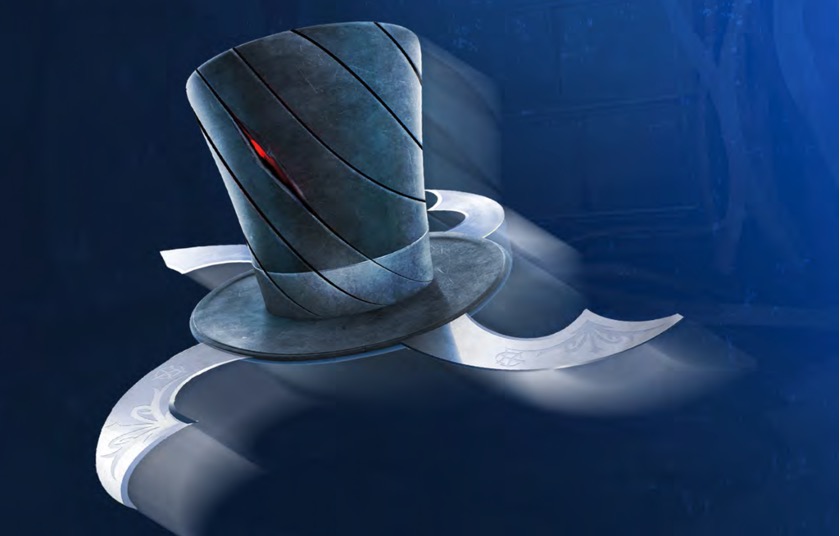
Using Caterpillar Thread:
How a Milliner can incorporate Caterpillar Thread into the execution of their daily duties is just as varied as the types of Threads themselves. There is a wide range of Thread Spells such as knots, hems, lacing, darts, and buttons, all tapping into the power of the Thread (or a combination of Thread Types) according to the Milliner’s needs.
The most iconic example of the use of Caterpillar Thread in the Wonderverse is certainly the Milliner’s hat. Just as important as a Jedi’s lightsaber or a wizard’s wand, and much more versatile, the Milliner’s hat is woven from a combination of different Caterpillar Threads and features a vast array of capabilities.
As mentioned above, the use of Red Thread gives the hat sentience, with its red eye that can survey the surrounding area, alert a Milliner to danger, and execute the transformations ordered by the Milliner. Such transformations include acting as a shield, smothering assailants, projecting illusions to confuse the enemy, and protecting their Owner from heat or cold. Above all, the hats know to whom they belong, and, no matter how far-flung, they will always return to their Milliner.
Caterpillar Thread and Imagination combine to form the twin pillars upon which the magic of Wonderland is built. Light, channeled through either the ethereal or the tangible, can be harnessed by the attuned and used to defend and enhance the Queendom. Yet, when used for selfish purposes, Light becomes Dark and saps Wonderland of its energy.
It is this eternal conflict between Light Imagination and Dark Imagination that caused the civil war that ravaged Wonderland before the events of The Looking Glass Wars and it was Queen Redd’s obsession with Dark Imagination that drove her bid to steal Alyss’ crown.
This final point illustrates the golden tenant of Magic System Creation: always think of narrative integration first! Cool magic will win big style points, but if the small details and the sturdy rules of the system don’t serve the emotional journey of your characters—you may need to rethink how you are building your story.
Enjoy the ride of creating your own universe, and never fear sharing your work with the world. Sometimes the boldest ideas are the most terrifying and uncertain… and ultimately the best. Your imagination is the finest tool you will ever wield, and it is worth the work to manifest your own magic system.
If you enjoyed this article listen to the All Things Alice Podcast with guest David Sexton for a great discussion of Magic Systems!
Meet the Author:
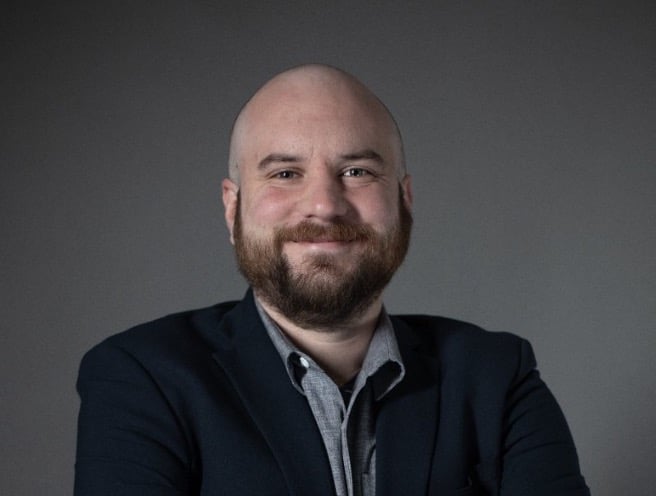
An itinerant storyteller, John Drain attended the University of Edinburgh before studying film at DePaul University in Chicago and later earned an MFA in Screenwriting from the American Film Institute Conservatory. John focuses on writing mysteries and thrillers featuring characters who are thrown into the deep end of the pool and struggle to just keep their heads above water. His work has been recognized by the Academy Nicholls Fellowship, the Austin Film Festival, ScreenCraft, Cinestory, and the Montreal Independent Film Festival. In a previous life, John created and produced theme park attractions across the globe for a wide variety of audiences. John keeps busy in his spare time with three Dungeons and Dragons campaigns and a seemingly never-ending stack of medieval history books.

